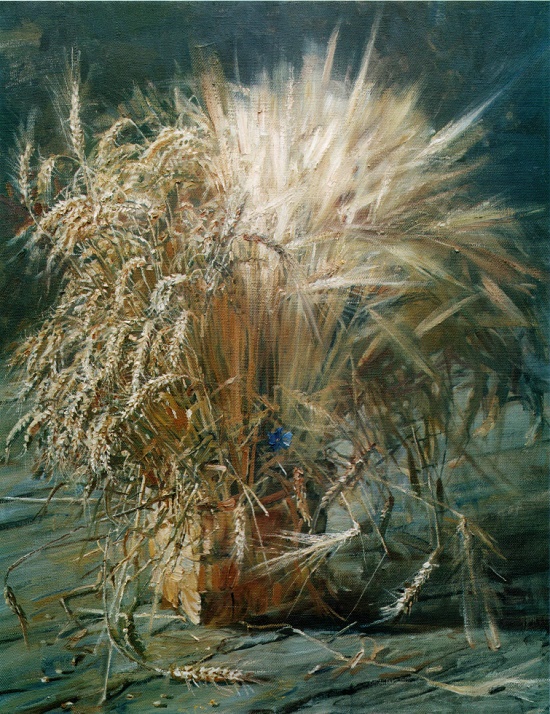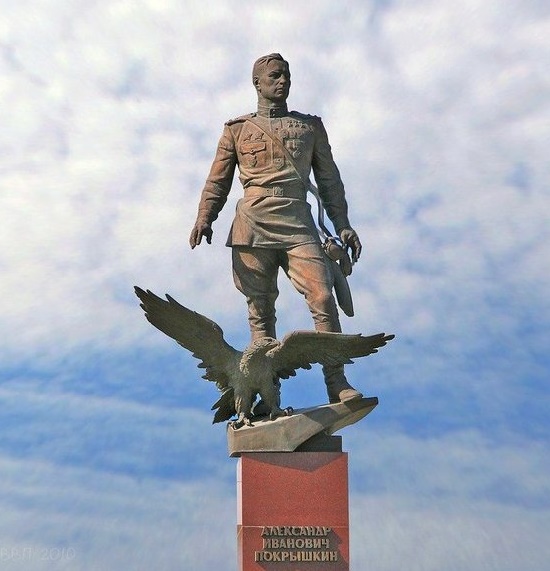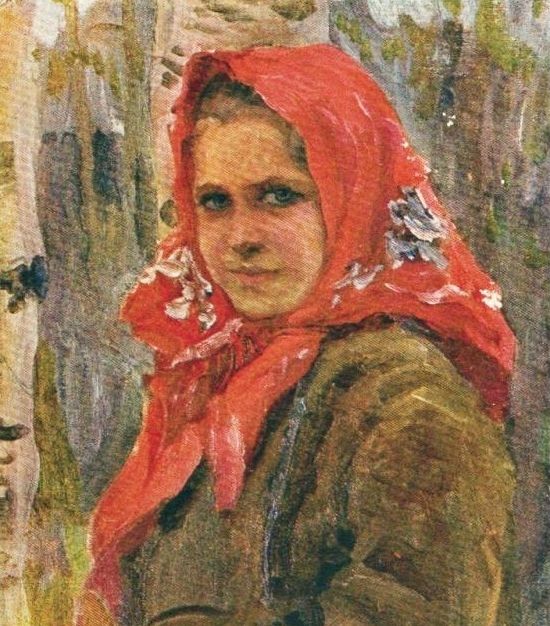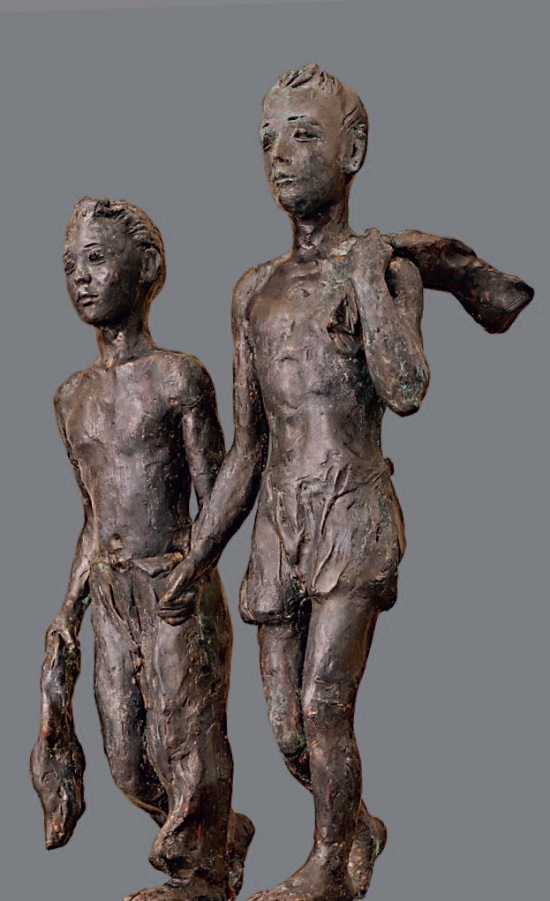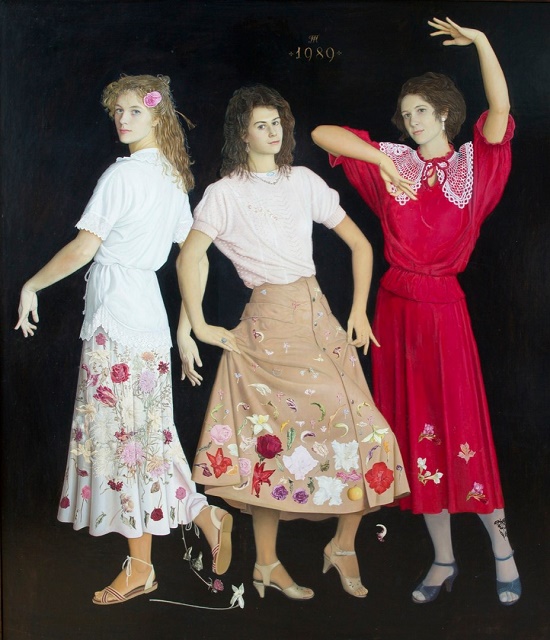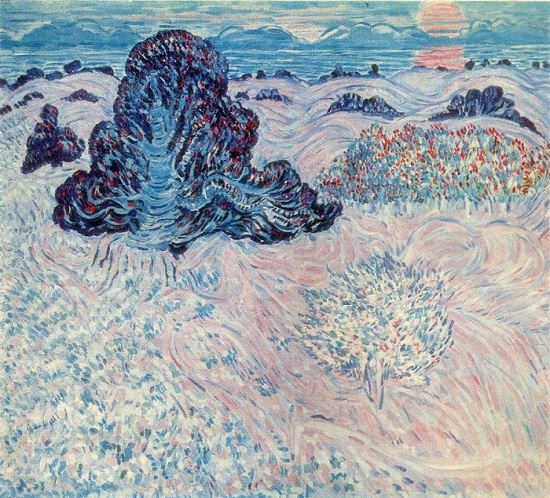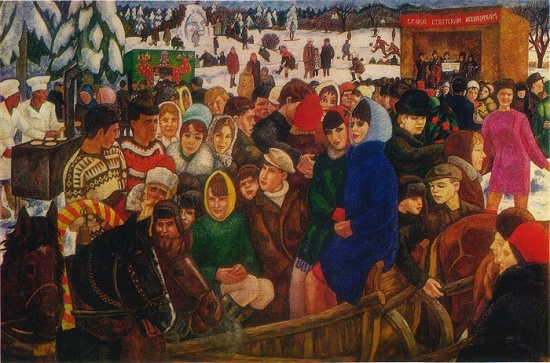Soviet artist Mikhail Abakumov 1948-2010
Soviet artist Mikhail Abakumov was a deep patriot of his country, his “small homeland” – Kolomna, delicately felt the history of the region, sang its beauty and uniqueness. The master defines his “creative credo” as follows: “Painting is a way of life. It gives strength to live and stay in a good mood. Painting comes from the word “alive” (in Russian). My credo in painting: to sing the world of God in its beauty, in its harmony, and in its light. If I can get the light of God, then it will be a great happiness … The main thing in life is not to get depressed. Optimism will save us.”
Born in 1948 in Kolomna, Abakumov studied at the Moscow Art and Industrial School named after Kalinin. Then, in 1977, he graduated from the art faculty of the All-Union State Institute of Cinematography, the studio of professors I.A. Shpinel and G.A. Myasnikov.
In 1983 he worked in the creative workshops of the Academy of Arts of the USSR under the leadership of famous Soviet artists academicians AP. And S.P. Tkachev and A.M. Gritsai.
Member of the Union of Artists of Russia since 1980. In 1985 and 1987 he received diplomas of the Academy of Arts of the USSR.
Read more »
